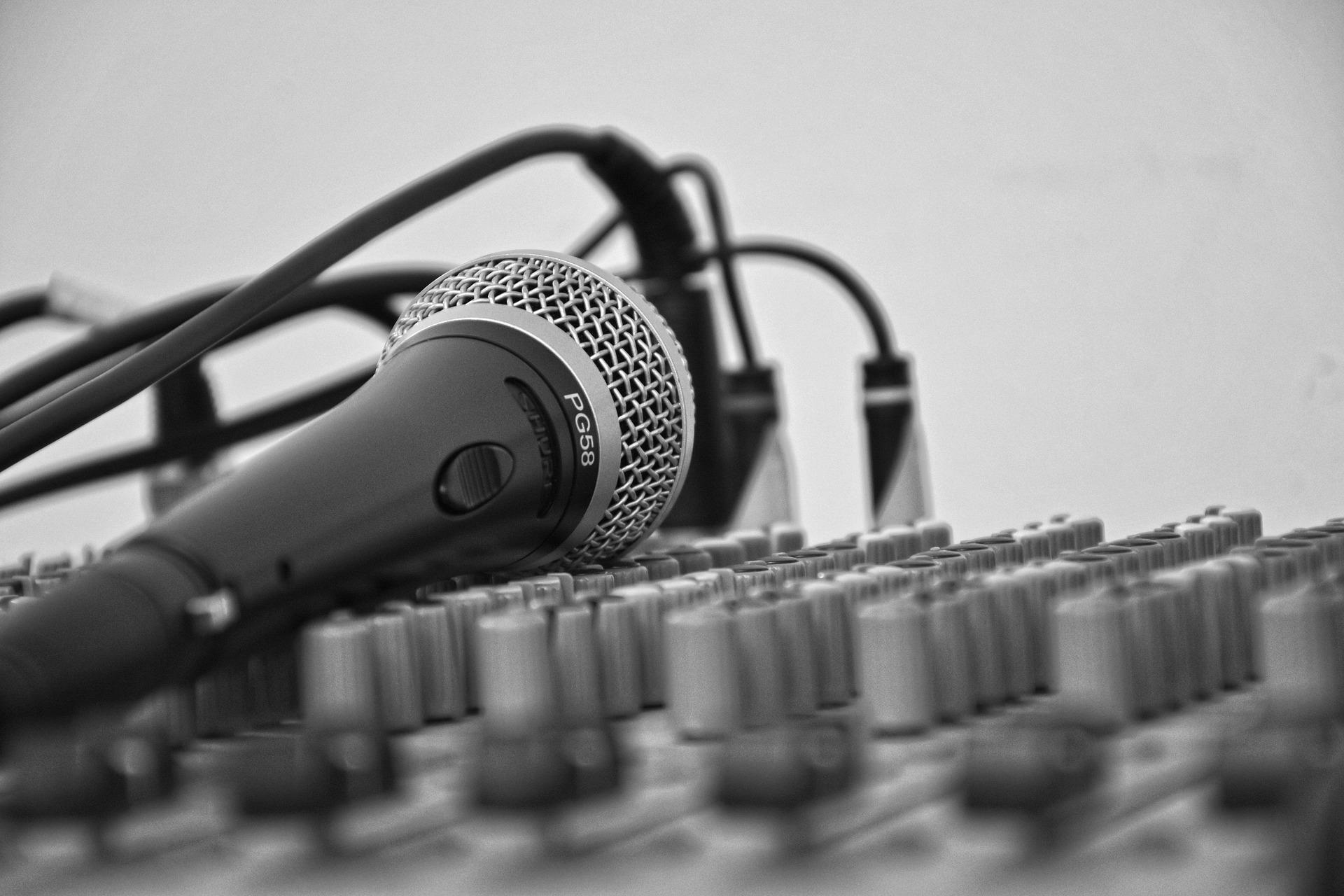Today, let’s take a look at the iconic Buchla Easel released by Arturia as software version of the Easel, called Easel V. This article will show you the emulator software of the iconic, yet, underrated synthesiser in details.
The appearance of Arturia Easel V
The very first look at the Easel will instinctively bring respect and appreciate Arturia’s effort to bring back the exact same look that of the original one. They take their UX/UI to the whole new level.
If you have had a look at the original Easel, you will know how close they have made it. Buchla Easel is based on West Coast Synthesis rather East Coast synthesis.
In case, East Coast synthesis is based on the subtractive synthesis approach in which you manipulate the timbre primarily based on the filter. With the East Coast synthesis, you are able to bring the timbre with a combination of FM, wave shaping, additive synthesis etc.
Buchla Easel consists of various of their modular components and Arturia kept it the exact same way. You have your whole bunch of knobs, sliders, sockets etc. at your disposal. Most of the sliders come in as a pair value. The left one controls the amount of modulation level, right one is the primary function of the component. They are all coloured like the original ones.
For instance, The oscillator section knobs and slider corresponds equally to the colour red, Modulation section corresponds to the colour blue respectively.
The Envelope generator is designed with orange colours.
Sequencer level has a deep blue colours. For the Dual Lo pass gate, the company has chosen black colours. These are pretty important to get yourself mentally and habitually familiar with the sections so that you do not mess up.
The design of Arturia Easel V
On the Dual low pass gate, we have four sliders. Each slider has its level that let you hear the oscillators and the other can be patched to any section, and the amount will control that parameter. Level 1 goes to the complex oscillator section, level 2 goes to the modulation oscillator section. The modulation oscillator section has these typical waveforms. They are Sawtooth, Square, Triangle. You can switch between these three. There is two switches, you can turn the switch on to control the modulation via keyboard or you can quantize them.
You have a range section, that you can toggle between, high or low with fine tune knob. On the right side of this range section, we have another switch. This is the section where you select the desired target, this could be F.M (frequency modulation), AM (amplitude modulation) or balancing externally. The slider of these sections controls the frequency level, high being the highest audible range, low being the lowest audible range.
You are able to use it as a LFO (low frequency oscillator) as well due to its lowest range. And we also have the modulation level and amount slider, that controls each of the modulation level and amount individually.
Of course, all of the Easel V comes in with the ability to save your presets, load presets and the ability to smoothly control the parameters via MIDI controllers and MIDI keyboard. All of the parameters are highly responsive to real time with almost no latency at all.

